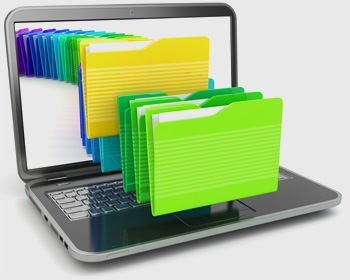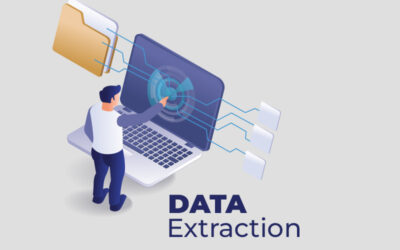 The healthcare industry is continuing its transition from traditional paper documents to electronic medical records (EMR). During the transition stage, many healthcare practices are focusing on how the data should be captured, stored, and analyzed. To make a complete transition to EMR, the existing paper records should be scanned and converted to electronic format, and the new information entered into the digitized system. However, moving all the patient data accumulated in thick paper files is a cumbersome process. Here are some tips to tackle this challenging situation.
The healthcare industry is continuing its transition from traditional paper documents to electronic medical records (EMR). During the transition stage, many healthcare practices are focusing on how the data should be captured, stored, and analyzed. To make a complete transition to EMR, the existing paper records should be scanned and converted to electronic format, and the new information entered into the digitized system. However, moving all the patient data accumulated in thick paper files is a cumbersome process. Here are some tips to tackle this challenging situation.
Tips to Convert Paper Charts to EMR
Transition Plan
Planning for the transition should be done with utmost priority. It should be decided well in advance what all information is to be migrated to the new system and how it is to be transferred.
Begin with Summary
Overall transition of paper files to electronic format is the most difficult part, as far as any medical facility is concerned. A lot of effort and labor are involved, while manually entering the data into the new digital system. It is better to start with a patient’s summary page and then continue to add to the EMR with time. Then also, the paper file should be made available to doctors.
Performing Partial Scans
The initial labor cost involved in the conversion of records can be reduced to a considerable extent by scanning only those files that are most relevant / important. Records that are scheduled to be seen on that particular week or month should be scanned first. Then on each upcoming visit, more information is entered into the electronic medical records system. This allows the initial workload to be reduced dramatically and to focus well on patient critical services.
Stop Scanning Unnecessary Information
Many organizations have started the conversion of records that are filed after a certain date. Only vital data needed for future processing will be moved to the new system, leaving the rest in the old paper file itself. The paper file still will be part of the process, until all of the essential information has been transferred. The complete removal of the paper file is eventually made as per the decision of the consulting physician.
Outsourcing the Process
The complete conversion of patient documents is a labor intensive process. The process not only involves the scanning and conversion of documents, but also a double check on the accuracy of the process. Healthcare organizations always strive to attain optimum productivity by reducing the number of staff and time involved to make the transition. Many of the healthcare organizations accomplish this by assigning the task to some temporary workers or they outsource to a professional document conversion company, specialized in converting documents/files to electronic format.
Outsourcing the conversion process to a document management vendor knowledgeable in healthcare procedures is a great advantage for medical facilities to make a seamless transition to electronic medical records system, ensuring that their key staff concentrates on mission central activities.



